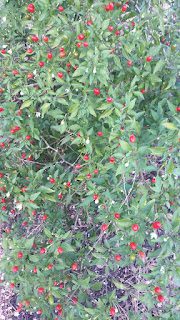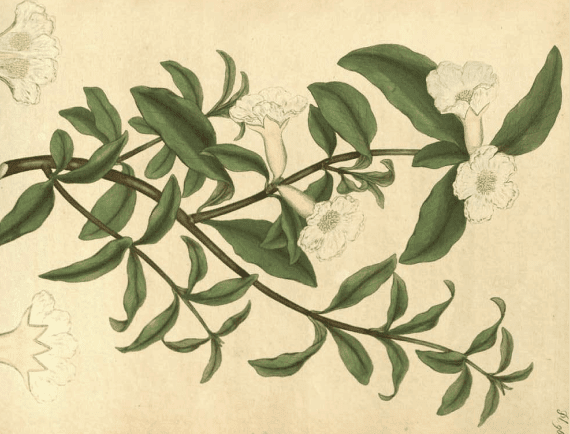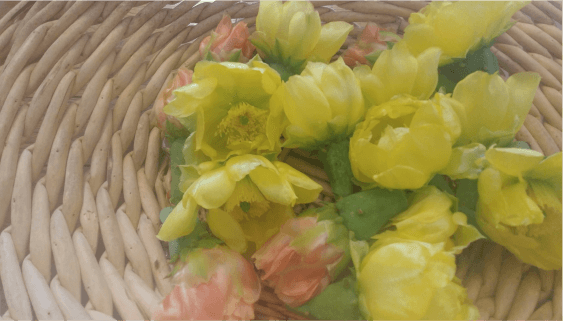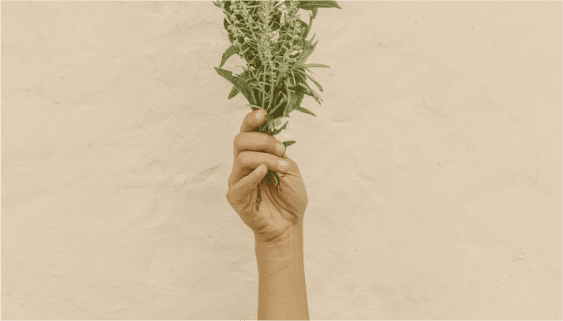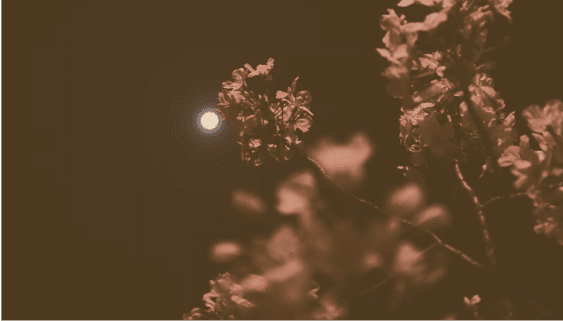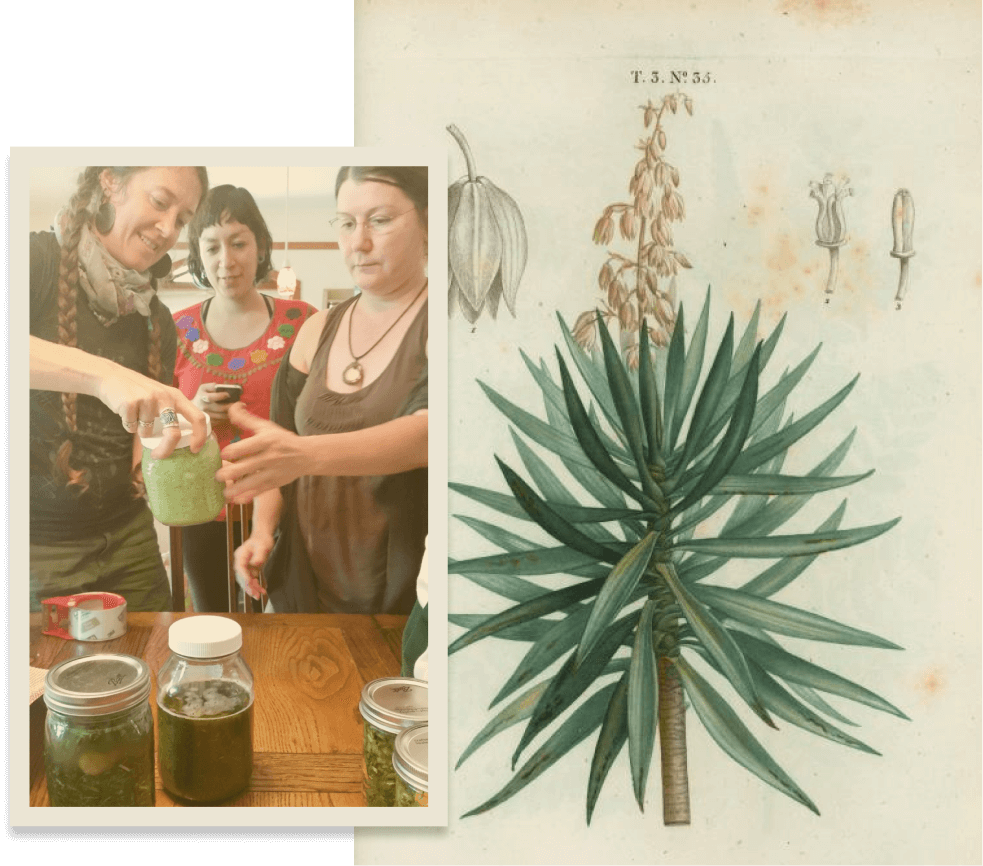Warming Up Winter With Wild Chile Pequin
Its always such a joy to stumble upon wild chile peppers. They are happy little plants, often neglected and unseen until their berries begin to ripen. Much of our plant folklore warns to be careful of red berries, and true to that, even though this shrub is useful it would be quite a shock to the forager who decided to try out the peppers. Each of the tiny, shiny red peppers pack a punch that puts a jalapeno’s heat to shame. These chile pequins, or Capsicum annuum, are a common site in late fall and early winter around Central Texas. Even though there name indicates they are a annual plant, they are actually perennial native shrubs. They sometimes even have more than one bloom cycle and if you are lucky, more than one batch of berries. I find them west into hill country, and east into Bastrop county. They are an understory shrub, and gravitate to fencelines, where mowing cant keep them down. These small shrubs can actually get quite large and make an attractive landscaping plant. Birds love the berries, so they are great for attracting wildlife. Many folks, who grow up in the area have been known to eat them as small children while playing outside, which sounds crazy but they have suffered no ill effects, and got used to the burn….its part of being texan. Chile pequins make a great pepper jelly, and can be added to traditional remedies like Fire Cider or Oils to help warm up the body on cold days. Chile pepper oil is known to help with pain and coldness in the joints. We use it in several of our salves. Learn more about medicinal plants in my book
